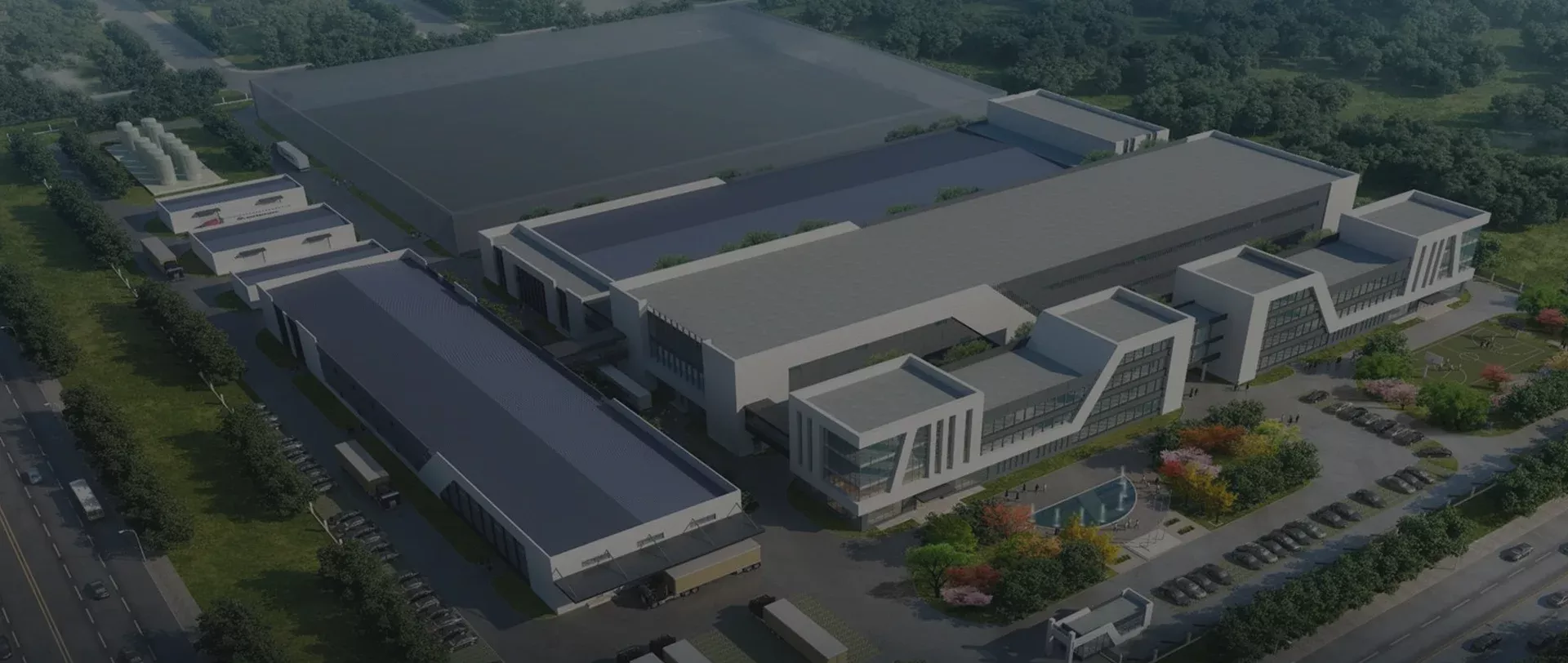Committed to high-quality
development of enterprises

(Nantong Hanvo New Material Technology Co.,Ltd. was established in June 2018 with a registered capital of 245 million yuan. It is a company listed on the GEM of the Shenzhen Stock Exchange, Jiangsu Hanvo Safety Product Co.,Ltd. (securities abbreviation: Hanvo Safety Product, stock code:
300952. SZ) wholly-owned subsidiary.
Nantong Hanvo New Material Technology Co.,Ltd. is a private enterprise specializing in the production of ultra-high molecular weight polyethylene(UHMWPE) fiber filament, staple fiber (can be curled), special staple yarn, cut-resistant covered yarn, and cut-resistant gloves.





Install photovoltaic clean energy for workshop lighting and auxiliary equipment. Distributed photovoltaic power generation operates in a power generation facility that is characterized by self-consumption at the user end, excess electricity being connected to the grid, and balance adjustment in the distribution network system, or a comprehensive cascade utilization multi-generation facility with power output. The use of solar energy to generate electricity is beneficial to saving non-renewable resources; the photovoltaic power generation system is a power generation system that uses solar cells to directly convert solar energy into electrical energy. The first phase of our photovoltaic project has been put into use, with a photovoltaic capacity of 1.32WMP (monthly power generation of approximately 100,000kW·h).

Use food-grade environmentally friendly spinning solvents, and recycle the used solvents, with a reuse rate of more than 90%.
Improve the recycling of heat and other energy in the production process to reduce carbon emissions in the production process.
Use recycled fibers as yarn raw materials to develop functional protective products with anti-cut and anti-stab effects.
Develop protective clothing and cool mats with a cooling effect. When used in summer, it can reduce the input of cold sources during consumer use and reduce the impact on the environment.

The workshop adopts an upward blowing and downward suction layout design, with an air intake on the ground below the loom and a fresh air outlet above the loom. The workshop uses a 24-hour humidification system to increase humidity and reduce hairiness. On the other hand, where the yarn hairiness occurs, it is collected and processed in a centralized manner under the synergistic effect of the air outlet and return air outlet, reducing the flying catkins in the workshop and reducing the flying catkins incidence by more than 60%, providing an environmental guarantee for clean production.

The MES system was introduced to optimize production planning and scheduling, pursue the improvement of production capacity, and improve the equipment operation efficiency per unit time. The just-in-time production method was adopted, and the zero inventory production concept was implemented. Only the materials required for the order quantity were taken, the process optimization and material flow planning were carried out, and the waiting time of personnel and the equipment restriction time were eliminated. The comprehensive utilization rate of equipment was over 98%. The introduction of AGV saved labor, and the yarn raw material outbound was automatically outbound by AGV. According to the demand instructions, the program was driven to the corresponding warehouse to transport the required raw materials to the manufacturing workshop, reducing the number of warehousing and outbound personnel by 6.

During the solvent static process, the activated clay used for decolorization absorbs the pigment in the solvent. The oxidative degradation substances contained in the porous structure are harmful to the environment, so it is defined as hazardous solid waste. Through the waste clay refining technology, the oxidative degradation substances are removed and can be reused in the field of fillers or building materials.

The steam used in the heating system collects water resources and waste heat at the end of the cycle. The water resources are connected to the process water circulation system and recycled again. The waste heat is used to maintain the necessary temperature of the workshop and the heat required by the low-temperature equipment.